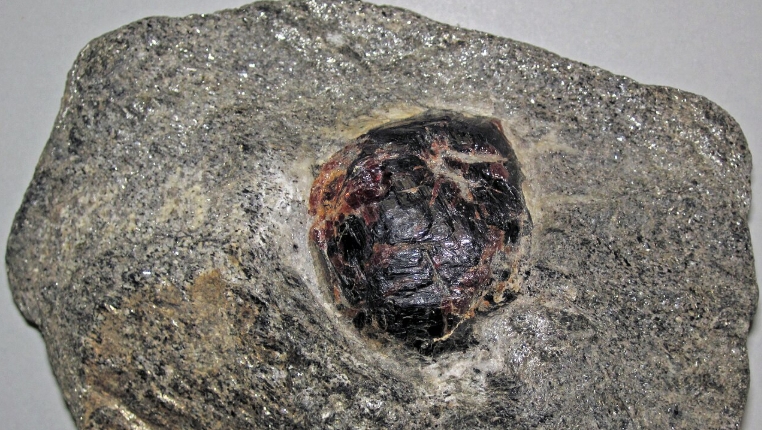Unlocking the Mysteries of Hydrothermal Metamorphism
Hydrothermal metamorphism is a geological process that involves the alteration of rocks due to the interaction of hot water and minerals. This process occurs deep within the Earth’s crust, where high temperatures and pressures create the perfect conditions for chemical reactions to take place.
Understanding the Process
One of the key drivers of hydrothermal metamorphism is the movement of water through fractures and faults in the Earth’s crust. This water can reach temperatures of over 300 degrees Celsius, dissolving minerals and carrying them to new locations where they can react with other minerals to form new compounds.
The Role of Pressure
Pressure also plays a crucial role in hydrothermal metamorphism, as it can help to push water and minerals through the Earth’s crust at high speeds. This pressure can cause rocks to deform and recrystallize, leading to the formation of new minerals and textures.
The Effects of Hydrothermal Metamorphism
Hydrothermal metamorphism can have a wide range of effects on rocks, including changes in mineral composition, texture, and structure. It can also introduce new elements and compounds into the rock, altering its physical and chemical properties.
Applications in Geology
Studying hydrothermal metamorphism can provide valuable insights into the Earth’s subsurface processes and help us better understand the formation of ore deposits, hydrocarbon reservoirs, and other geological resources. By unlocking the mysteries of this process, scientists can gain a deeper understanding of the Earth’s dynamic and ever-changing crust.
In conclusion, hydrothermal metamorphism is a fascinating geological process that plays a crucial role in shaping the Earth’s subsurface. By studying this process in more detail, we can gain a better understanding of the complexities of the Earth’s crust and the forces that drive its evolution.

